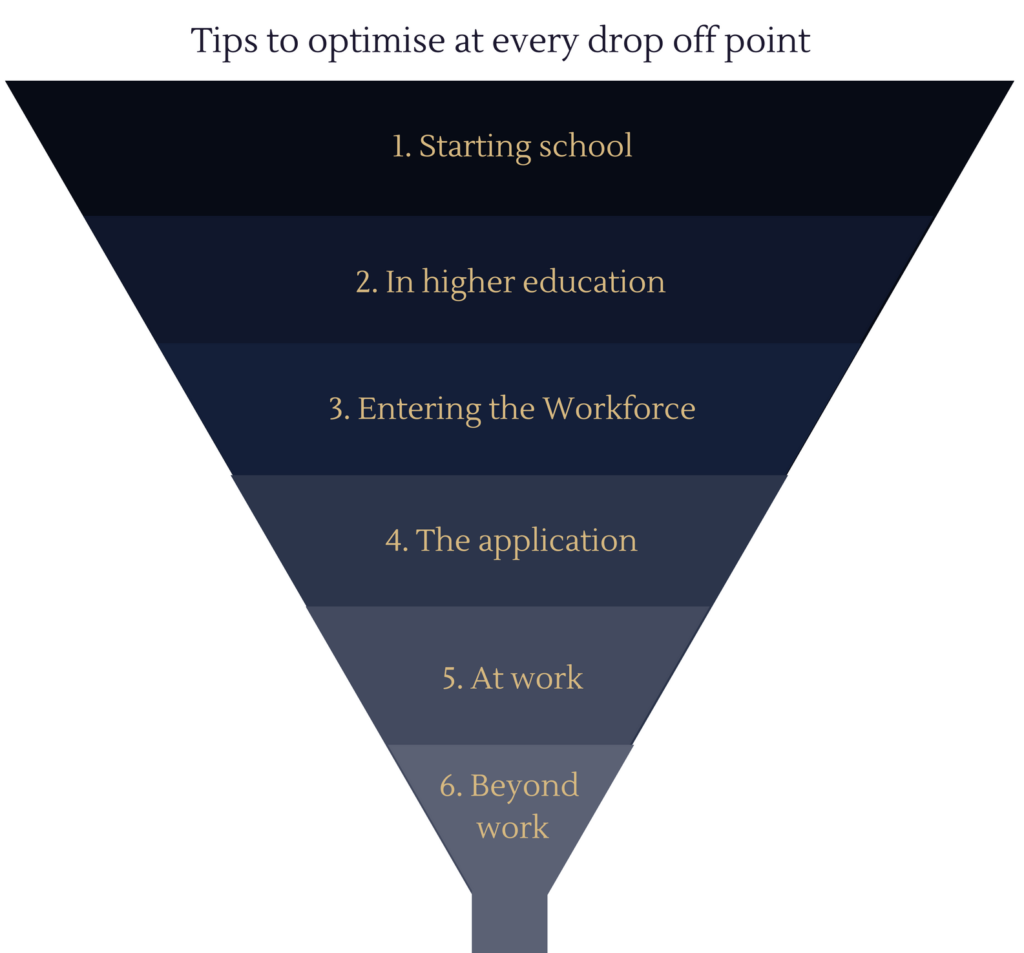Some of you might have seen a post by Susan Fowler, a recent engineer at Uber, and her experiences there. I have worked in several male dominated industries, and I share some experiences with Susan. However, I want to focus on the positives, as well as a few things that have worked for me. Here are my ten tips for supporting gender diversity in our analytics community.
- Use your connections
Use your connections, and never apologise for it. My sister works in analytics as I do, and she is an industry leader. I am exceptionally lucky to have such a great role model. The point is, your connections might get you an interview, which is what happened to me. But, you will be the reason you get the job. Men are great at using their contacts – so do the same. It’s ok to ask for help via an introduction, a technical question or just career advice. The funny thing is, people love helping others, so just ask!
- Find or be a good mentor
Mentors are a huge part of my success. Firstly, because when you are learning the ropes, it allows you to test ideas on someone, before pitching them to your boss. It will also provide a place to vent when you are facing a tough problem. Some mentors even become your biggest advocates, championing you for jobs and promoting you to superiors at your company. I personally believe you can never have too many mentors, as different people will play different roles in your journey.
Continue reading 10 tried & tested tips for thriving women (and men who support them) in our analytics community →

